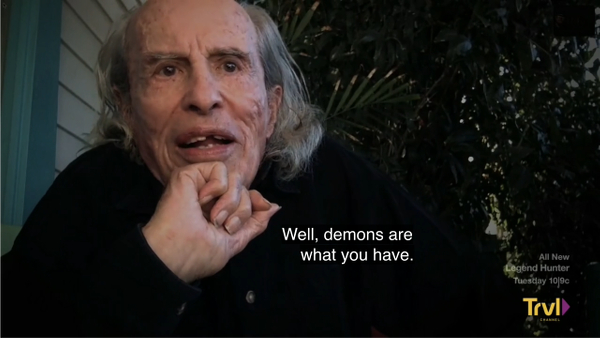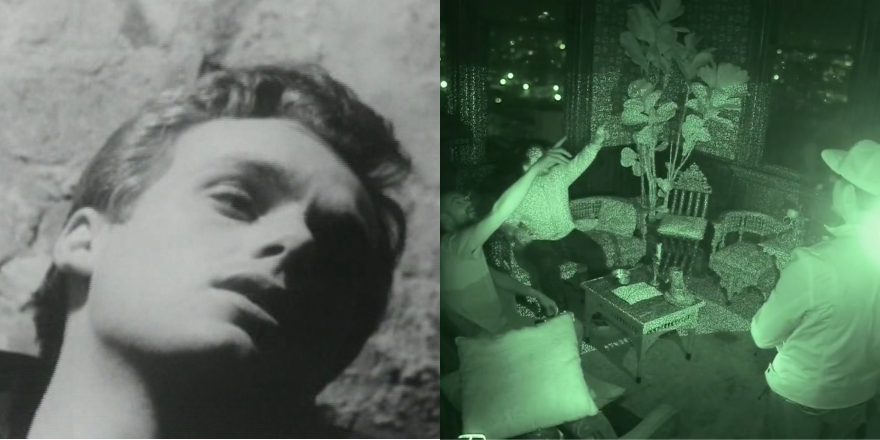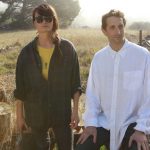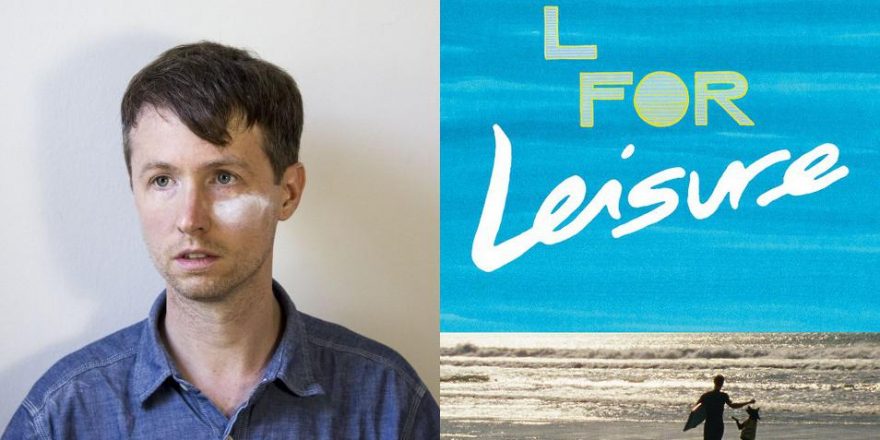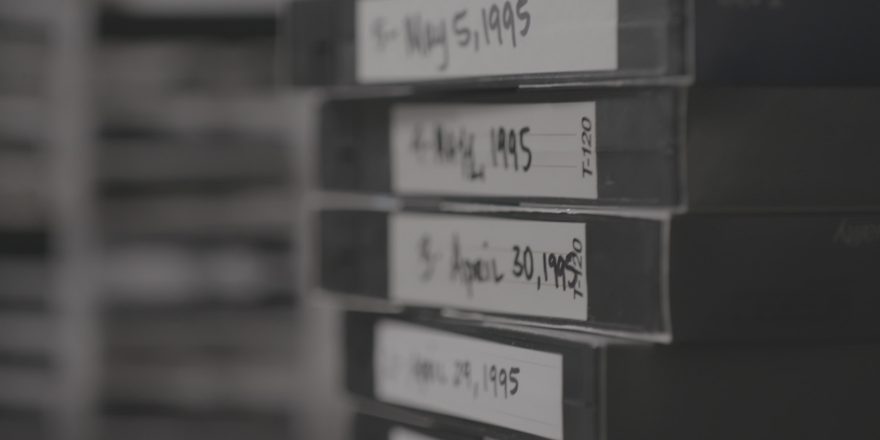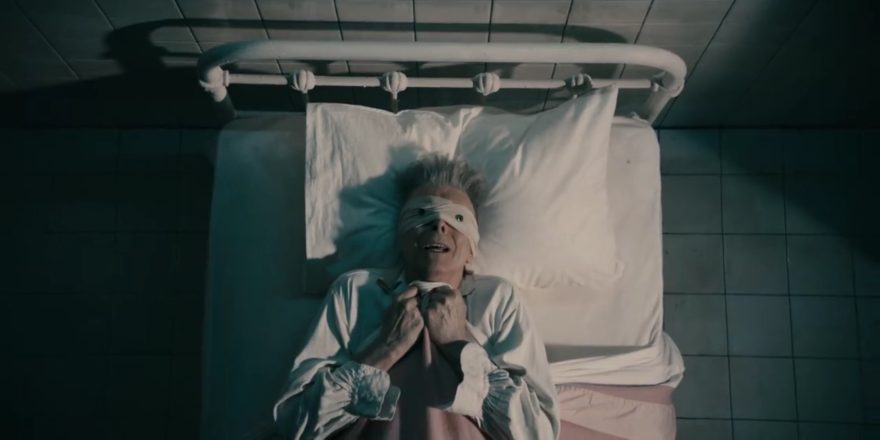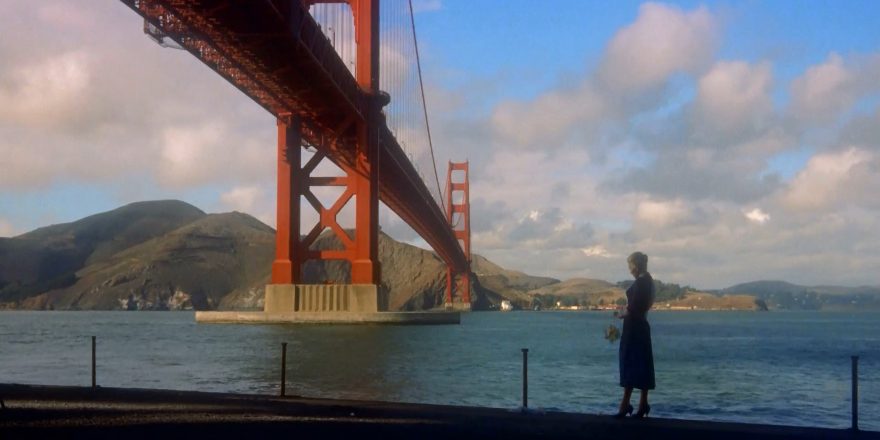The dudes in infrared vision yelling, “Bro, what was that? Seriously, what was that?” The cadaver-like radiance of Warhol’s superstars, projected at 16 frames per second for maximum unearthliness. We can’t help but feel there’s a spiritual connection between Ghost Adventures and Andy Warhol’s films, one that goes beyond our affection for both. But then, affection’s not a bad place to start.
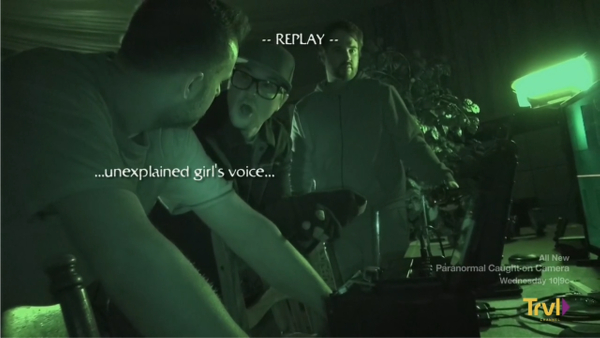
As people on a pretty strict scripted-only diet, Ghost Adventures has been an unlikely staple of our TV watching these last bunch of years. The Travel Channel show, which follows Zak Bagans and his small team of investigators as they visit haunted locations across America, is way more charming and engrossing than its competitors and knock-offs. This is largely because Bagans and his gang are so obviously, infectiously sincere. There’s a tension between their earnest curiosity and their myopic faith in a mythology of ghost “science” and demonology. The schism only grows as they try to extend their knowledge to include Vodoun or Native American beliefs – the team’s perspective is patently blindered, but you get the feeling they’re genuinely trying to learn. Over the seasons, Bagans has changed his approach to humans and ghosts alike, preferring empathy and outreach to macho confrontation.
The two of us can’t watch a Ghost Adventures episode without it sparking long conversations. Like, if a supposedly haunted house is contaminated with black mold that’s known to cause hallucinations, does that explain away the haunting? Or are black mold and ghosts two different levels of the same phenomenon, one material and the other subjective? If historical trauma, psychology and environmental factors = ghosts, does that make ghosts less, or more, real?
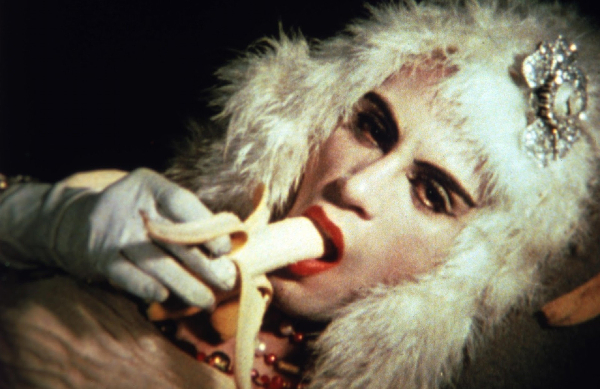
Andy Warhol made hundreds of films, roughly divisible into three categories (with plenty of outsiders and blends). There’s the austere, “painterly” affairs like Empire, Sleep and the Screen Tests. There’s the commercial projects with Paul Morrissey, pseudo-exploitation films like Trash, Flesh for Frankenstein and the sublime Blood for Dracula. Then there’s the others – films that usually involve people engaged by something: they are interviewed or berated by an offscreen presence; they are reading a script for the first time and trying to perform it; they are getting a blow job. (Chelsea Girls is like a mega-mix of these films.)
This third group of Warhol films can be hard to see, especially if you believe (as we do) that they are medium- and site-specific, and need to be screened in a theater on 16mm film. When we were both living in New York, we used to be able to catch them at occasional screenings, but now we make an annual pilgrimage to the MoMA special collection, with a short list of titles copied from Wikipedia. They can be hard to watch too. The sound is awful and usually out of sync, the picture muddy and so, so soft. And you wouldn’t believe how long they go on. Hours.
There is something undeniably, uniquely ghostly about these films. Everybody on screen feels so dead, it’s shocking to hear some superstars are still alive. It isn’t just the slow frame rate, or the performers’ languid looks, that creates this effect. Warhol’s style, so primordial and simple, emphasizes just how spooky cinema is. Voices aren’t coming out of bodies, but out of speakers. A close-up is a severed head. And the cuts are these supercharged moments of fate. You wait for them and you dread them. In the last couple seconds, when the film inevitably flares out, that final moment takes on monumental importance. Then in the next reel, if there is one – who knows? Maybe it’s a dance party or maybe Edie’s dead.
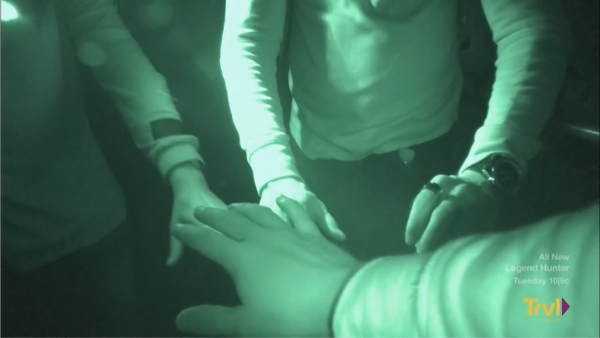
Watching Warhol in a theater, after 45 minutes or so, you get fidgety and the same thoughts go through your head:
I can go, just leave and go outside. Museums are bullshit paper tigers of culture dogma, you don’t owe them, or Warhol, anything. Other people have left; it would be embarrassing for a second, but it’s fine – who cares what these mole-people still in the theater think?
So … if you stay … you have to admit to yourself it’s because you want to stay. It’s an act of volition, of affirmation. You believe there’s something there.
A central feature of Ghost Adventures is the all-night lockdown. The team members shutter themselves in some abandoned prison or mental institution, and wait in the darkness to have an encounter. Invariably, they do. So much of the show is the guys telling each other about their totally subjective, invisible experiences: a cold presence, an involuntary action or thought, a disembodied voice. The “evidence” they gather is paltry, maybe some glitches in a video, or sounds so scrambled they only sound like words after you’ve been told what those words are. But that’s beside the point. The images and sounds are really just tokens of their personal, ineffable experiences.
Going to a Warhol film is like putting yourself in lockdown.
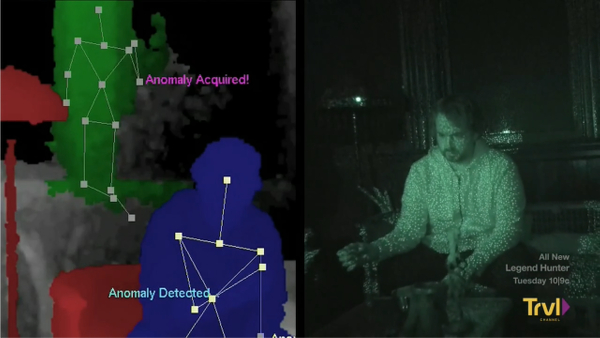
Ghost Adventures is so easy to mock, and Warhol is so boring – both require an act of generosity for you to take them seriously. But the generosity is a necessary part of the seduction. It’s the fact that the sound on their Spirit Boxes is so garbled, that the stick figure shapes that appear on their Kinects require imagination and interpretation, that makes the Adventurers believe so ardently. And it’s that Warhol’s films only barely indicate any hint of intentionality that makes you so excited, so certain, when a meaning suddenly reveals itself.
Are the Ghost Adventurers just scaring themselves? Are Andy Warhol’s films just a con? Could you get the same experiences staring long enough at anything? If a certain placebo – CBD cream, KT Tape or Reiki – is the only thing that helps, then it’s not just a placebo. And if a phenomenon can only be experienced in a certain place, well then, dude – it is there.
Sixteen years ago, we both separately attended the same screening of Chelsea Girls at BAM. Soon after, we started making blurry, out-of-sync, black-and-white 16mm movies together. And it seems throughout our career, at crucial moments and impasses, going to a Warhol film has gotten us over the hump. It’s impossible to know if the ideas we get are “in the films” – and being psychic BFFs probably helps – but we always emerge from those movies on the same, new wavelength.
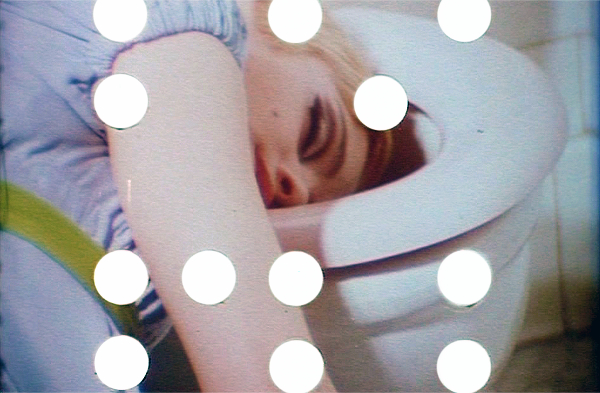
There might never be a full-on Andy Warhol/Ghost Adventures crossover, though Lupe – where Edie goes through the stages of Lupe Velez’s legendary death – is pretty similar to the reenactments on the show. But a recent episode maybe got even closer. It focused on the Westerfeld House in San Francisco, former home of Church of Satan founder Anton LaVey, of Manson family associate Bobby Beausoleil, and of the other major queer experimental filmmaker of the ’60s, Kenneth Anger.
They call up Kenneth, and his shockingly alive face appears on screen. Skype makes his voice out of sync with his mouth. As Anger talks Bagans through his relationship with Bobby Beausoleil and the seances and rituals featured in Invocation of My Demon Brother, he is described not as an avant-garde filmmaker – but as an “occult filmmaker,” whose films were ritualistic invocations of Satanic energies. And, like … Yeah.
